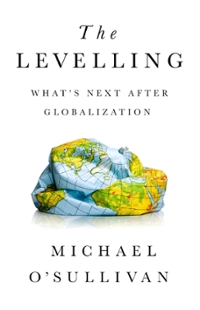Question
1) The culture of some poor countries militates against letting women enter the labor force or even, in some cases, providing for women more than
1) The culture of some poor countries militates against letting women enter the labor force or even, in some cases, providing for women more than a very limited education.
a. Do you think that potential aid donors should insist on changes in such policies and practices as a condition of aid?
b. How would you respond to someone who claimed that this would be unwarranted interference in the affairs of another nation and culture (and maybe even religion)?
2) Explain the convergence hypothesis and give four reasons why convergence has not taken place for many poor countries.
3) One of the predictions of the Classical growth model is that the long-run growth in per capita output disappears due to diminishing marginal productivity of labor and capital. Real world experiences suggest otherwise. Explain why.
3) Saving and investment are often viewed as among the sources of economic growth. Why are saving and investment more of a challenge in developing countries than in developed countries?
4) A small less developed country finds itself the recipient of a large amount of foreign direct investment that adds 50% to its current steady-state level of capital stock. This country seeks your advice about the long-term implications of that kind of help.
a. Assume this country begins in a steady-state condition at Yss = K0.5, and show the short-run effects of a 50% increase in the steady-state level of capital stock such that K = 1.5Kss on the Solow diagram. (see attached image)
b. What will the long-term effects of this increase in the capital stock be for this country?
c. What potential problems should this country consider during the adjustment period described in part b?
d. What must this country do in order to gain any permanent long-term benefits from this increase in its capital stock?
e. Can you think of any examples like these in real life?

Step by Step Solution
There are 3 Steps involved in it
Step: 1

Get Instant Access to Expert-Tailored Solutions
See step-by-step solutions with expert insights and AI powered tools for academic success
Step: 2

Step: 3

Ace Your Homework with AI
Get the answers you need in no time with our AI-driven, step-by-step assistance
Get Started


